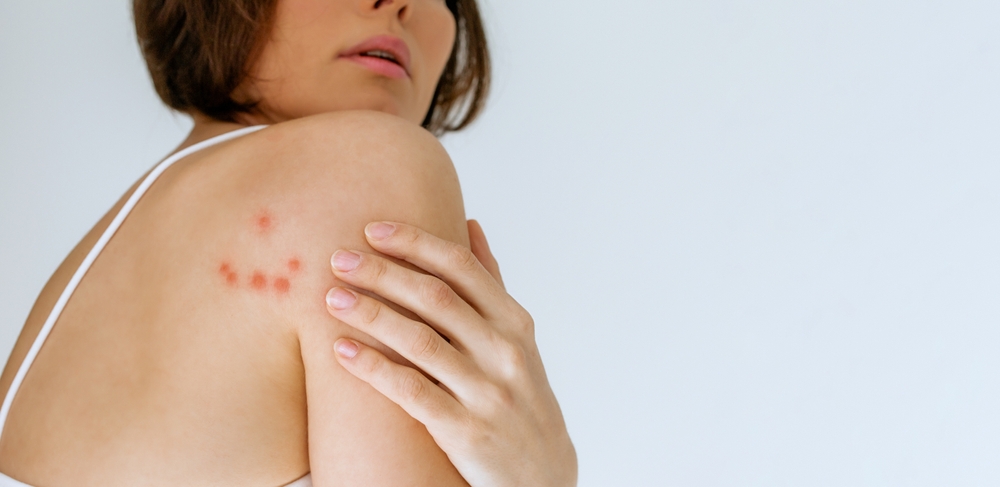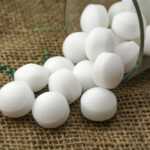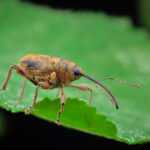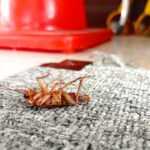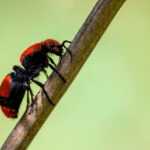Bed bug bites often appear as small, red, itchy bumps. Typically, these bites are found in clusters and can appear on exposed skin areas such as the face, neck, hands, and arms. If you’re wondering what do bed bug bites look like, this article will help you identify the signs and provide tips on relief and prevention.
Key Takeaways
- Bed bug bites typically appear as small, red, itchy bumps, often clustered or arranged in a zigzag pattern, making them distinguishable from other insect bites.
- Common symptoms of bed bug bites include severe itching, redness, and possible blistering, with reactions varying among individuals; some may not show any visible signs.
- Prevention strategies include thorough inspection of travel items, regular washing of bedding in hot water, reducing clutter, and sealing potential hiding spots to minimize the risk of bed bug infestations.
Identifying Bed Bug Bites
Bed bug bites often appear as small, red bumps that may be itchy or swollen. They are usually found on exposed skin areas, such as the hands, neck, face, shoulders, legs, and arms, which are the prime targets for these tiny insects. The presence of a bed bug bite can be one of the first obvious signs indicating a bed bug infestation.
However, not everyone shows visible bite marks after being bitten by bed bugs. Some individuals may not exhibit bites at all, making it harder to identify an infestation solely based on bites. Recognizing these signs early helps address the problem before it escalates.
Characteristics of Bed Bug Bites
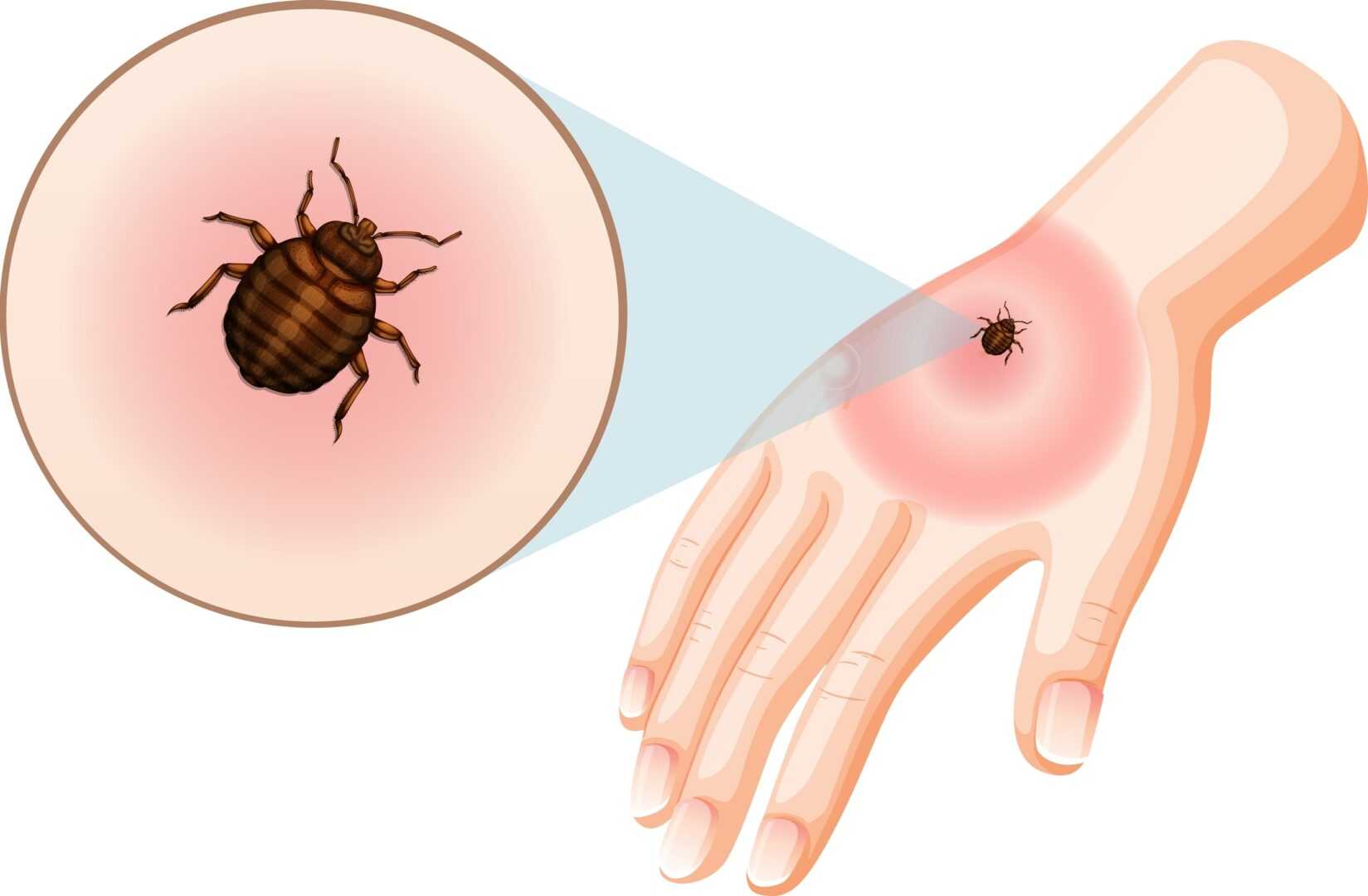
Bed bug bites have distinct characteristics that can help differentiate them from other bug bites. These bites often appear as inflamed spots with a darker center and can be clustered or arranged in a line on various parts of the body. Knowing these characteristics aids in identifying and managing bed bug bites effectively.
Size and Shape
Bed bug bites are typically 2-4 mm in size, but due to inflammation or sensitivity, they can develop into itchy, fluid-filled bumps that may reach up to 2 inches in diameter. The size of the bite can vary depending on the individual’s reaction to the bite and the severity of the infestation.
When bed bugs bite, they inject an anticoagulant along with their saliva, causing the skin to react. This reaction often creates raised, red bumps distinct from other insect bites. Initially small, the bite can become significantly larger and more inflamed as the body reacts.
Color and Appearance
Initially, bed bug bites look red but can darken over time, especially on darker skin tones. On lighter skin tones, the bites remain visibly red, while on darker skin tones, they may appear purple and less noticeable. The appearance of the bites can vary greatly depending on individual skin tones and reactions.
Initially less noticeable on darker skin tones, bed bug bites can darken over time and become more apparent. This variation in appearance highlights the importance of being aware of all potential signs of bed bug bites beyond just the initial redness.
Patterns of Bites
Bed bug bites typically follow a zigzag pattern or may be arranged in a straight row. This unique pattern is due to the feeding behavior of bed bugs, as they often move in a line while feeding on exposed skin. These patterns help differentiate bed bug bites from those of other insects.
Bites commonly appear in clusters of three to five, often forming groups or lines, sometimes in a zigzag pattern. This clustering is a key indicator of bed bug activity, as opposed to the solitary nature of spider bites or the random distribution of mosquito bites.
Common Symptoms of Bed Bug Bites
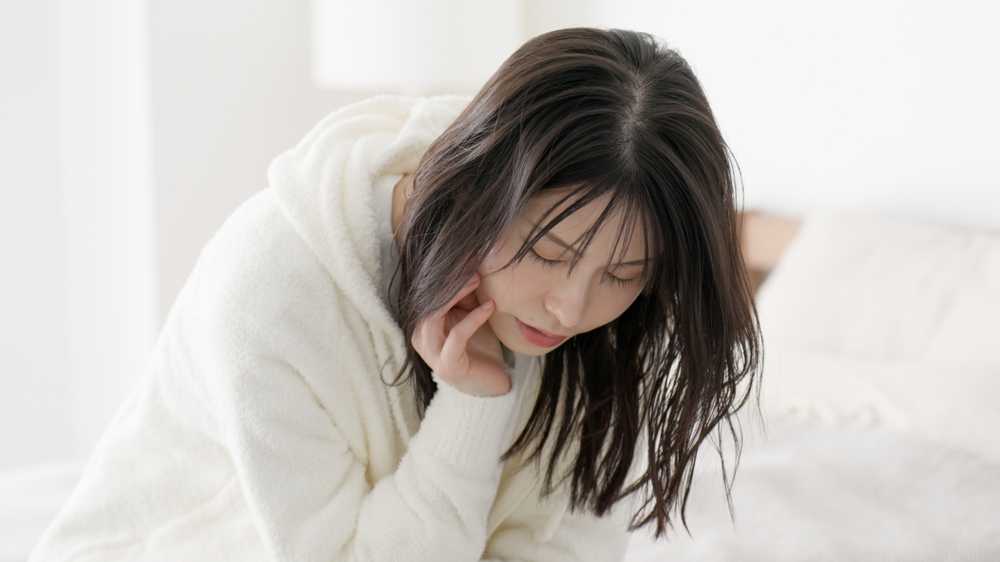
Common symptoms of bed bug bites include:
- Severe itching
- Redness
- Swelling
- Possible blistering
These bites often appear as itchy, red welts and may be clustered or arranged in a line. Individual reactions to bed bug bites can vary; approximately 30% of people may show no notable reactions.
Some individuals may experience significant swelling or skin blistering due to their sensitivity. Severe allergic reactions may lead to intense swelling and require immediate medical intervention. Early recognition of these symptoms aids in more effective management and treatment.
Differences Between Bed Bug Bites and Other Insect Bites
Bed bug bites often appear as small, red bumps that may be itchy or swollen, commonly found in clusters or lines. This arrangement reflects their feeding pattern along exposed skin. Some individuals might not show any reaction to bed bug bites, while others may experience severe itching, redness, and swelling.
The face, neck, arms, and hands, typically exposed during sleep, are commonly affected by bed bug bites. Bed bug bites can be differentiated from flea and mosquito bites based on appearance and feeding patterns. Flea bites typically occur on the lower body, especially around the feet and ankles, unlike bed bug bites which are found on exposed skin.
Mosquito bites are generally isolated and occur randomly on the skin, contrasting with the more structured grouping of bed bug bites. Additionally, bed bugs do not carry diseases that can infect humans, unlike some other insects.
How Long Do Bed Bug Bites Last?
Bed bug bites typically heal within one to two weeks. However, prolonged scratching of bed bug bites can lead to secondary infections. Avoiding scratching the bites prevents further skin irritation and potential infections.
Children, elderly, and immunocompromised individuals are more susceptible to secondary infections from bed bug bites. Without intervention, bedbug bites may require three to six weeks to completely heal. Proper care and treatment can accelerate the healing process and reduce the risk of complications.
Treating Bed Bug Bites
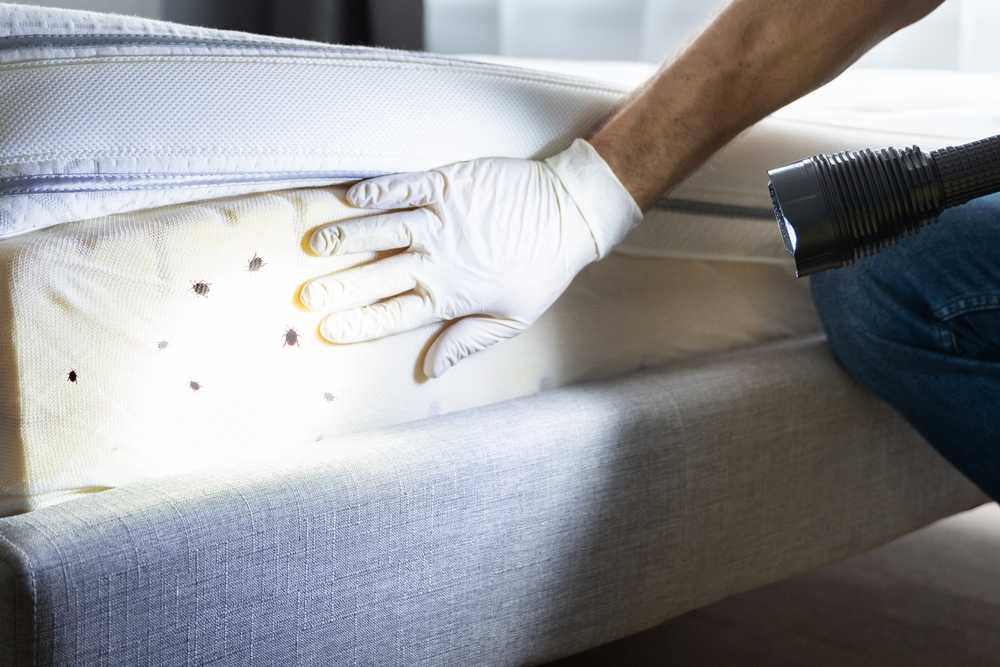
Itching caused by bedbug bites can lead to further skin irritation and potential infections. Cleaning the affected area and avoiding scratching can speed up the healing process.
There are several effective home remedies and medical treatments available to treat bed bug bites.
Home Remedies
Using hydrocortisone cream, calamine lotion, or antihistamines can reduce itching and inflammation caused by bed bug bites. A cold compress or ice pack can provide relief from itching and inflammation.
Applying a baking soda paste is another effective home remedy to alleviate itching. Washing the affected area with soap and water can help minimize the risk of infection and reduce itchiness. Wash with soap and water, then apply hydrocortisone cream, calamine lotion, or baking soda paste for relief.
Medical Treatment
Consult a doctor if you experience numerous bites, blistering, signs of infection, or an allergic reaction. Severe itching, rash, and systemic reactions are symptoms that may require medical attention.
Contact a medical professional immediately if the rash from bed bug bites persists. In case of infection from scratching a bed bug bite, antibiotics may be prescribed.
Preventing Bed Bug Bites
Wash travel clothing immediately in hot water to prevent bringing bedbugs home. Inspect secondhand items closely before bringing them inside. This helps ensure you’re not introducing any unwanted issues into your home. Be aware of signs of a bed bug infestation when you travel.
Getting rid of clutter in your home decreases hiding spots for bedbugs, lowering infestation risks. Seal cracks and crevices to eliminate hiding spots for bed bugs. Using bed bug interceptor traps can help catch bugs and prevent them from climbing furniture legs.
Regularly wash and dry bedding in hot water to eliminate bedbugs and reduce bite risks. Protective covers on mattresses and box springs can trap bedbugs, preventing bites. Wearing long-sleeved clothing while sleeping reduces exposed skin, minimizing bite chances.
Vacuuming and steam cleaning furniture and floors can help remove bedbugs from hiding spots. Place interceptor traps under bed legs to capture bedbugs before they reach you.
Identifying Bed Bug Infestations
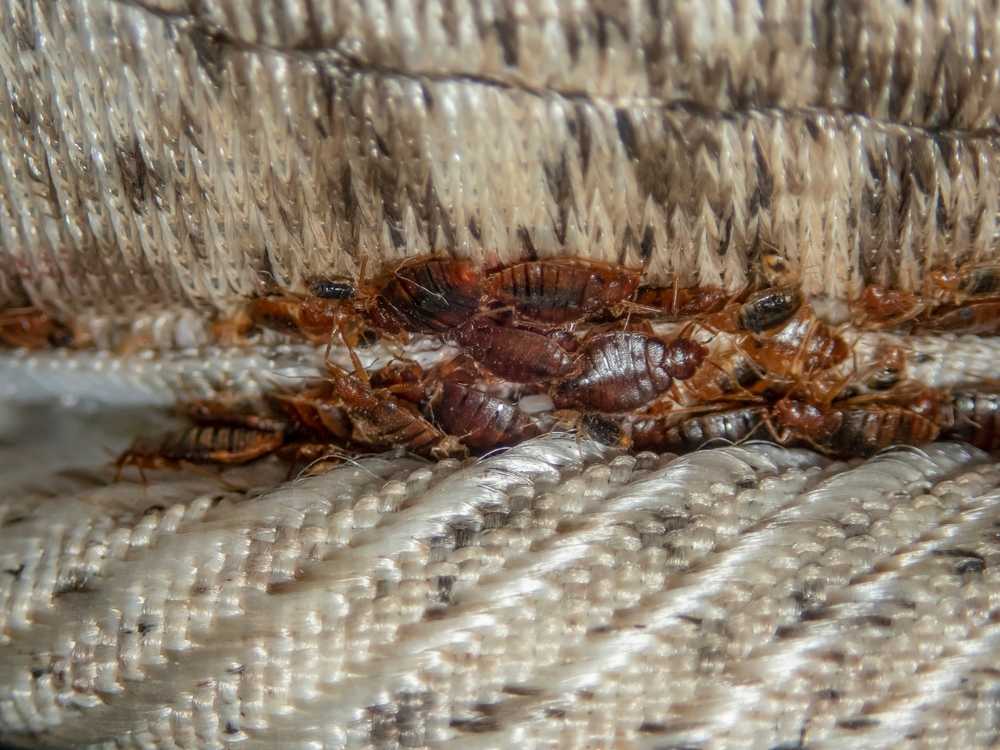
Signs of a bed bug presence include a sweet, musty odor and reddish stains on bedding, which are remnants of their feeding. Bed bug feces appear as small, dark marks that leave brown to black stains. Their excrement emits a faint, musty odor that can be noticeable.
Bed bugs are small, flat insects typically brown or reddish-brown in color, with adult bed bugs being about the size of an apple seed. They often hide in mattresses, box springs, furniture, and carpets, including bed bug eggs and young bed bugs. Identifying the extent of the infestation is crucial and may involve inspecting surrounding areas, especially in multi-unit dwellings.
Handling a Bed Bug Infestation
If you think you might have a bed bug infestation, it’s important to take action. It’s essential to contact a pest control professional. For persistent bedbug issues, consulting a pest control professional may be necessary. A bed bug exterminator inspects and eliminates bed bugs.
Heat treatments can be effective but should be performed by professionals to ensure thoroughness and safety. Bed bug repellent sprays offer temporary protection when entering infested areas. Identifying bed bug infestations can be tricky. Additionally, eliminating them is often quite difficult.
Understanding the appearance, symptoms, and treatment options for bed bug bites is crucial in managing these pests. By identifying bites early, treating them effectively, and taking steps to prevent infestations, you can protect yourself and your family from the discomfort and health risks associated with bed bug bites.
You can identify bed bug bites by looking for small, red, itchy bumps that frequently appear on exposed skin areas. These bites may also become swollen, indicating an allergic reaction.
Bed bug bites usually heal within one to two weeks, but if scratched persistently, they may take longer to recover due to potential infections.
For effective relief from bed bug bites, consider using hydrocortisone cream or calamine lotion, applying cold compresses, or making a paste with baking soda to alleviate itching and inflammation.
To effectively prevent bed bug bites, wash travel clothing in hot water, inspect secondhand items, reduce clutter, seal cracks, and utilize bed bug interceptor traps. These proactive measures can significantly reduce your risk of infestation.
You should seek medical treatment for bed bug bites if you experience numerous bites, blistering, signs of infection, or a severe allergic reaction. Taking action promptly ensures proper care and prevents complications.
"*" indicates required fields
"*" indicates required fields
